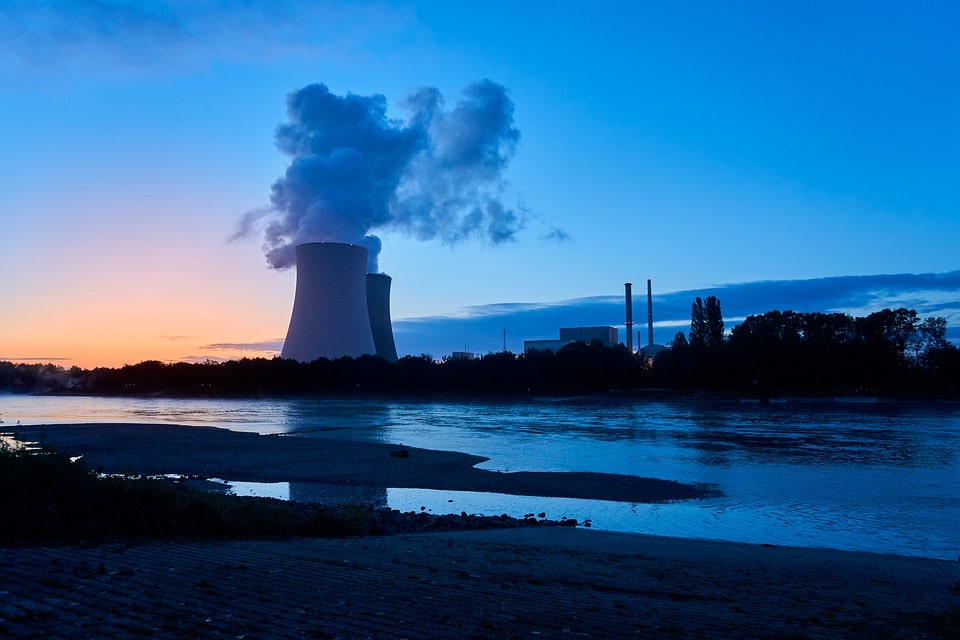There are storage tanks with contaminated water stationed at the Tokyo Electric Power Company’s nuclear power plant. It is situated in Okuma, Fukushima prefecture overlooking the ocean, which makes it convenient for the Japanese government to release nuclear waste. Although it won’t be seen on the surface as clearly, it will affect the surrounding ocean and its marine species, along with the area’s fishermen, who are particularly concerned about the government’s agenda as they urge them not to release anything into the ocean.
Representatives from Tokyo Electric, from the Japanese fish industry, have made dangers of releasing tonnes of wastewater that is been contaminated from the Fukushima nuclear plant. This act will undo plenty of years of work to restore the area’s fishing reputation – a source of food crucial to Japanese residents and Japan’s food export industry.
The Restorative Work of Tokyo Electric
Tokyo Electric has managed to collect over a million tonnes of water that has been contaminated ever since the nuclear plant was negatively affected by a tsunami and earthquake in 2011. The water was stored in massive tanks and was kept on the site, which is set to run out of storage space by 2022.
There is a big problem at hand as to where the contaminated water will go, as the only option thus far has been the ocean. Tokyo Electric is now dreading the release thereof into the ocean as they recognize the catastrophic impact it will have on Japan’s future fishing industry. With the pandemic, most countries have already been negatively affected in 2020. Adding fuel to the fire by disrupting the Japanese fishing industry and turning the ocean surrounding the country into a dangerous sight is a big mistake and will result in loss ashore and offshore one way or the other.






